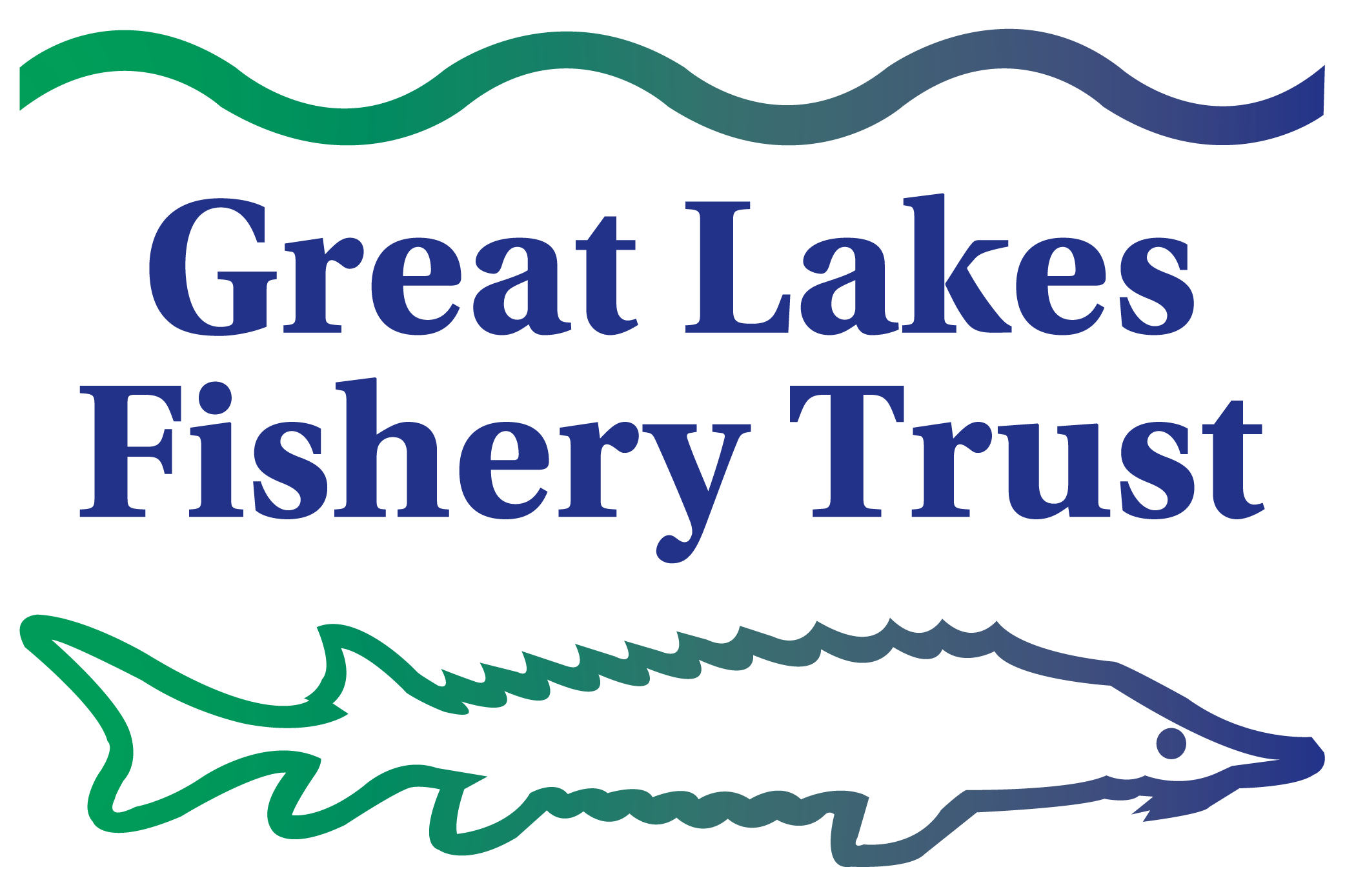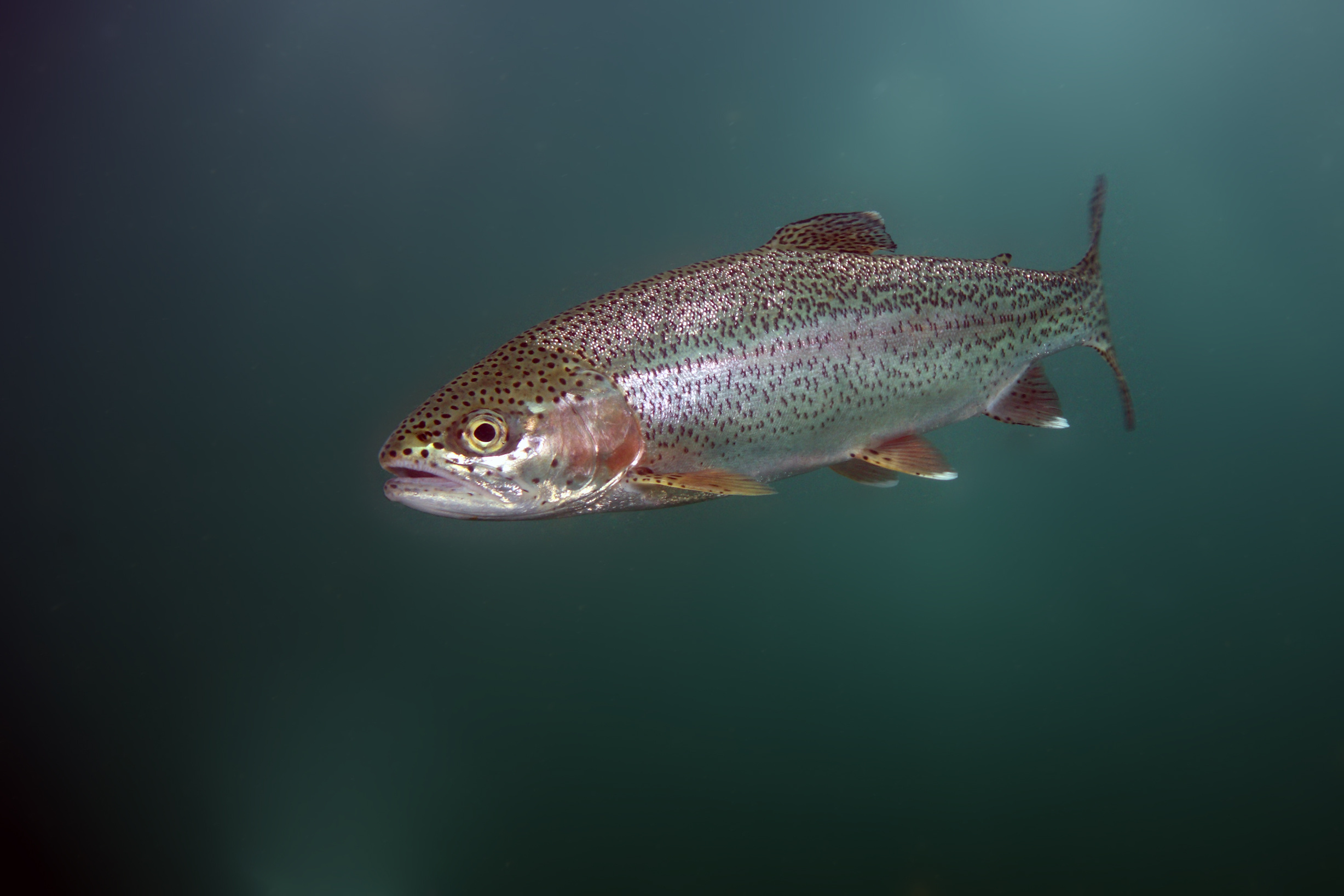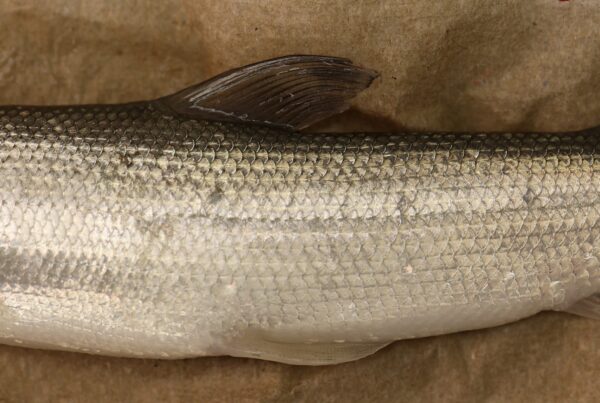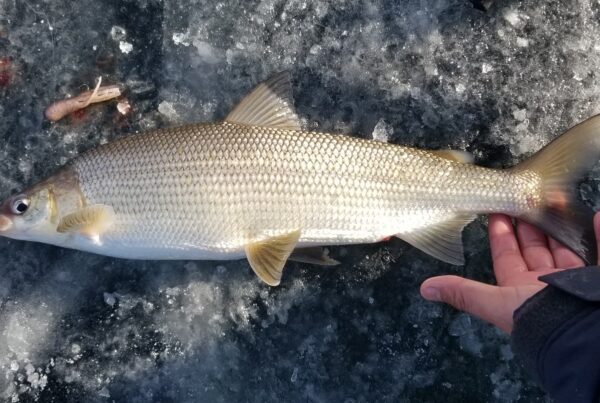With alewife mostly off the menu in Lake Huron, predators shift to other species
Lakes Michigan and Huron are home to predatory fish that are important to anglers and local economies, including several species of trout and salmon. The balance between predator consumption and prey supply is central to supporting healthy and sustainable fisheries for these species, and managers work to help fisheries achieve this balance in the Great Lakes’ constantly changing ecosystem. As the abundance of some prey species decreases and others increases, predator diets may change, resulting in outdated data used in the models that inform stocking and other management decisions.
This research project quantified the diets of several predator species in Lakes Michigan and Huron, including an examination of spatial and temporal variation within species and giving new insight into aquatic food webs in the Great Lakes. A team of researchers at Michigan State University, led by Dr. Brian Roth, partnered with the U.S. Fish and Wildlife Service, the U.S. Geological Service, several tribes, and the Michigan Department of Natural Resources to collect thousands of predator fish stomachs and analyze the contents, providing new data on these fishes’ prey preferences and how they vary over space and time.
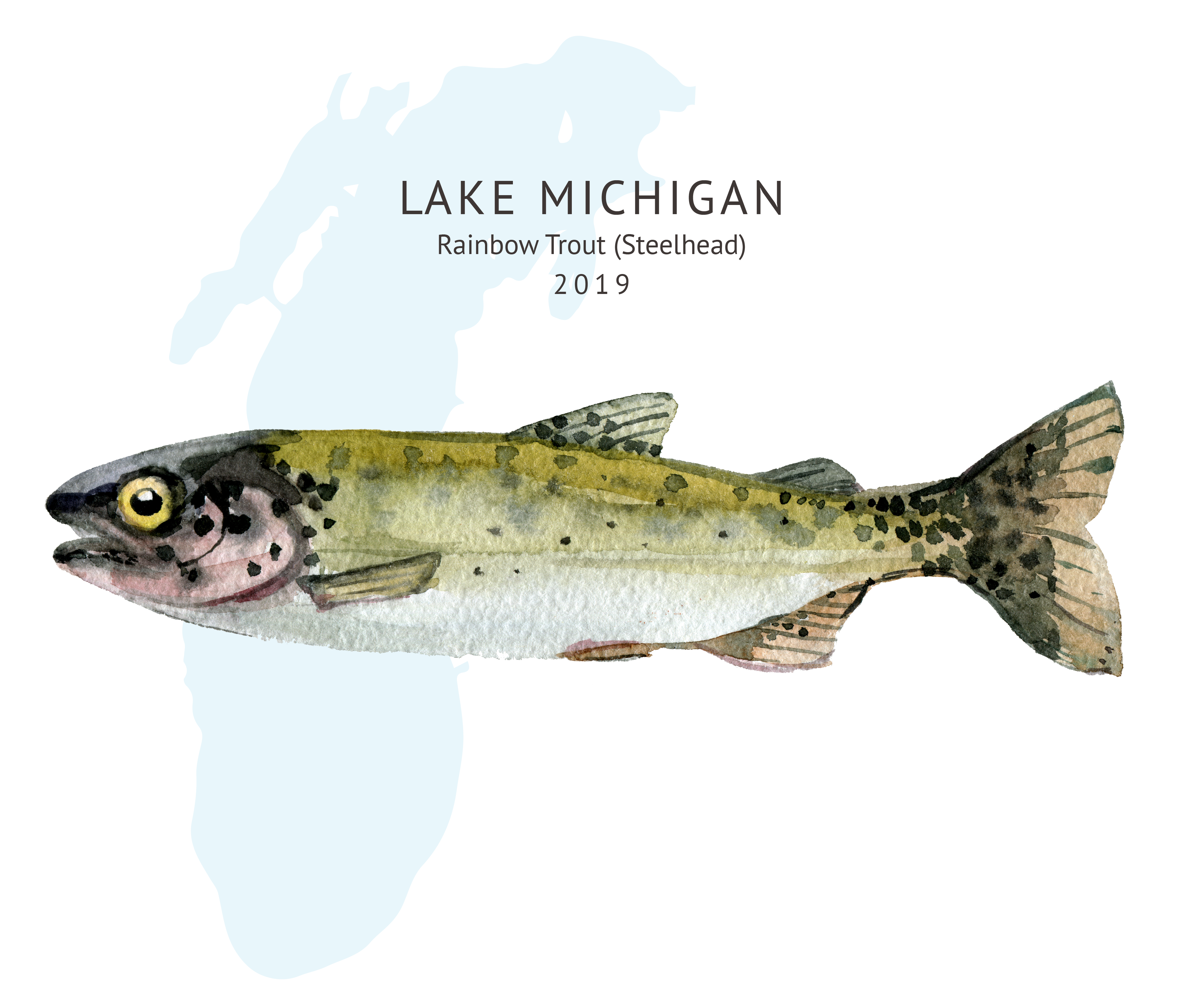
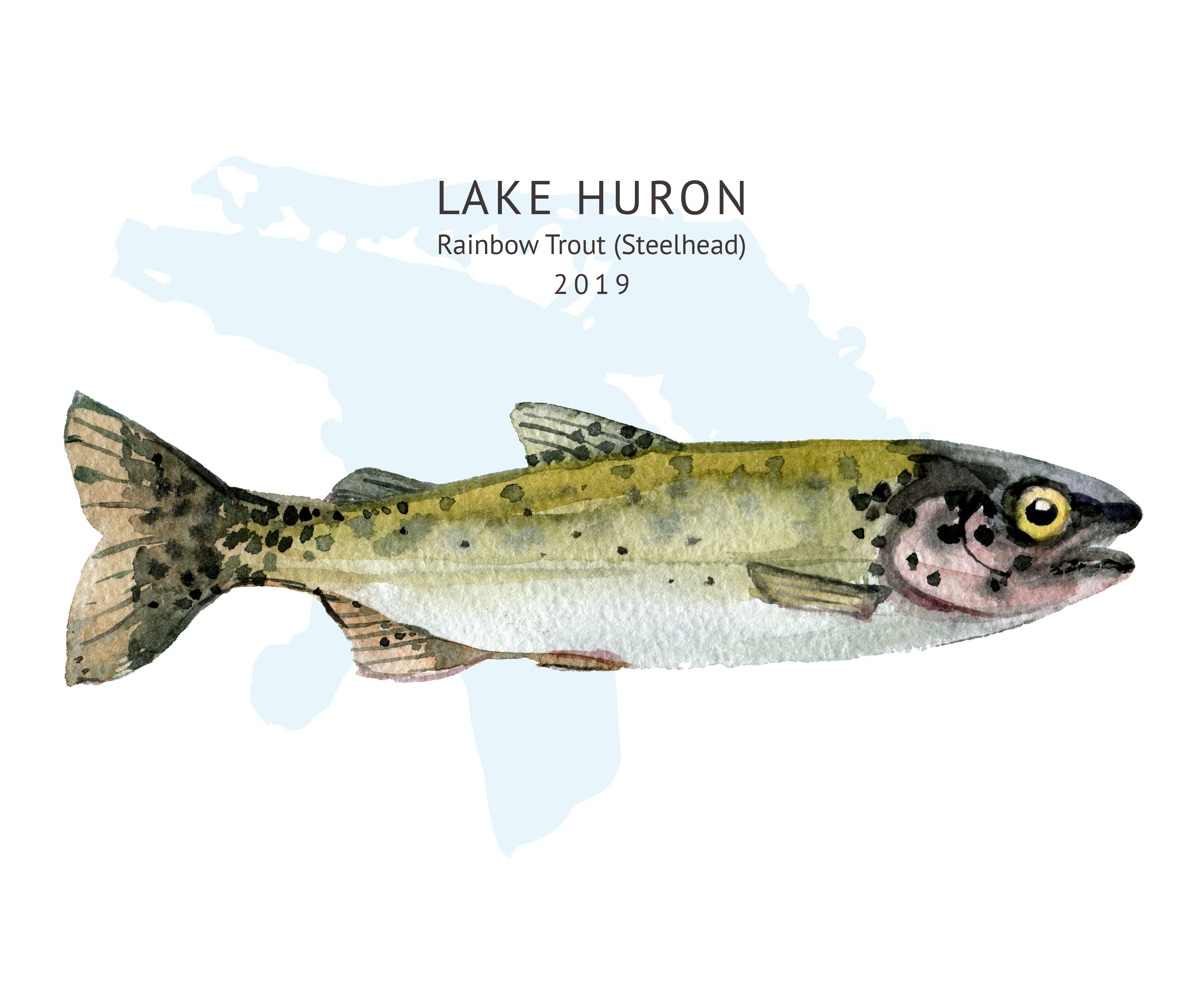
Key Findings
- Predatory fish diets in Lake Huron were more diverse than in Lake Michigan, likely due to the collapse of the alewife population in Lake Huron in 2003. While alewife still make up a large part of the diets of Chinook salmon, more generalist predators, such as lake trout and walleye, have taken advantage of the increasing round goby population in Lake Huron as well as other sources of prey.
- Predator diets in Lake Michigan were dominated by alewife, and most predators are foraging on the same size of alewife.
- Lake trout and steelhead diets showed significant month-to-month variation that exhibited the same pattern across years of the study. Lake trout diets also varied significantly by statistical district (a commonly-used subdivision of a lake). The diets of other species did not show this spatial variation.
Significant Outcomes for Research
This GLFT-supported research updated important information on predator diets in two of the Great Lakes. A comparison of diets from Lake Michigan and Lake Huron illustrates alewife’s significant role in the former, but suggests that most predator species can switch to other species of prey in the absence of alewife. Chinook salmon’s continued dependence on alewife indicates that this major predator may be less resilient to ecological change than other piscivores in the Great Lakes. Results from this research have been used in models that calculate predator-prey balances, redefine models of lake trout populations in the lakes, and assist in decision making for stocking.
Learn More
For questions, contact the primary investigator, Brian Roth, PhD, at [email protected].
Disclaimer
Research Notes includes the results of GLFT-funded projects that contribute to the body of scientific knowledge surrounding the Great Lakes fishery. The researcher findings and grant result summaries do not constitute an endorsement of or position by the GLFT and are provided to enhance awareness of project outcomes and supply relevant information to researchers and fishery managers.
